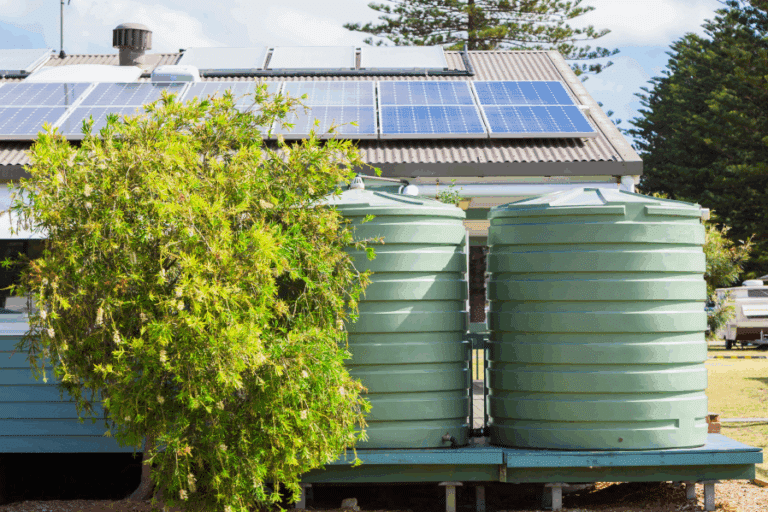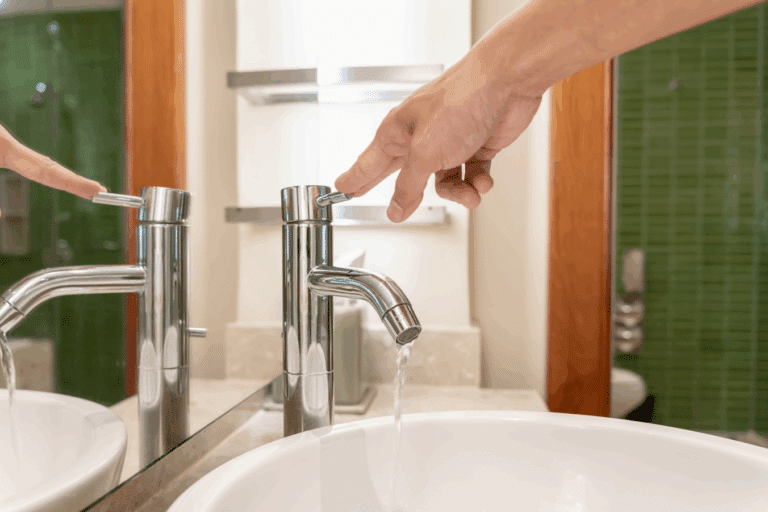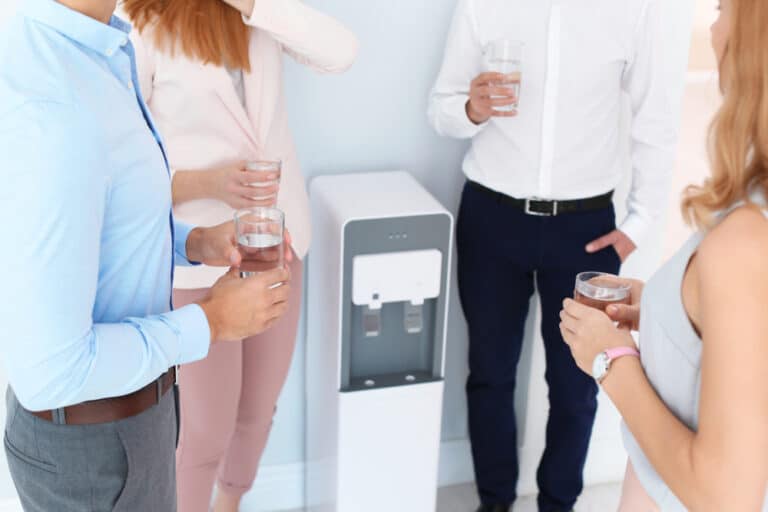Analysis of the current situation
1. Analysis of rainwater harvesting potential
A preliminary study of the roof and available storage capacity is essential to accurately assess the potential for rainwater harvesting. This initial assessment should identify the most suitable technological options and facilitate the integration of rainwater recovery systems into existing infrastructure. Depending on the complexity of the project, it is recommended to engage a specialised consulting firm for an analysis.
Key elements to assess the feasibility:
- Measure the surface area of rooftops that can be connected to the system and estimate the harvesting potential (average annual rainfall in Luxembourg is approx. 850l/m2).
- Identify the types of roofing materials used, and asses the condition of gutters and downpipes to ensure adequate rainwater quality and flow.
- Determine the best location to accommodate the water storage equipment.
2. Identifying uses where drinking water can be replaced by rainwater:
Common uses of rainwater include flushing indoor toilets, watering gardens, cleaning outdoor surfaces, or washing vehicles.
There are also many other valuable opportunities to use harvested rainwater and reduce the company’s consumption of drinking water.
Implementation of measure
Method
Depending on the complexity of integrating the water harvesting system, it is advisable to consult a qualified craftsman (heating installer) to carry out the project.
A rainwater harvesting system typically consists of the following main components:
- Catchment system: Includes roof surfaces, gutters, and downpipes.
- Filtration system: Consisting of coarse filters to remove leaves, branches etc., as well as finer filters to ensure the quality of the water stored in the tank.
- Storage system: Includes one (or more) storage tank(s) depending on needs and available space above or under ground level.
- Distribution system: Pumps and pipes for the distribution of stored water to the draw-off points.
Note: This operates through a separate distribution network to ensure there is no risk of it mixing with drinking water.
- Management and control: A control unit uses measurement and control elements to optimally manage the rainwater supply. The integration of meters is essential to monitor the installation and ensure proper operation.
State subsidy application
State subsidies
Please note: any application for government or non-government subsidies must comply with the “incentive effect”, subject to compliance with the subsidy conditions.
In order to respect the “incentive effect”, no binding commitment (signing a quotation; paying a deposit) may be made BEFORE having received the agreement in principle from the State or the electricity and natural gas supplier following an application for subsidy.
Subsidy for small and medium-sized companies, covering up to 70% of eligible costs for carrying out a project aimed at reducing their environmental impact. The total project cost must be between €3.000 and €25.000 excluding VAT.
N.B. State subsidies cannot be combined for the same project.
Monitoring and maintenance
Regular maintenance of the facilities, along with continuous monitoring, ensures smooth operation and maximum efficiency.


